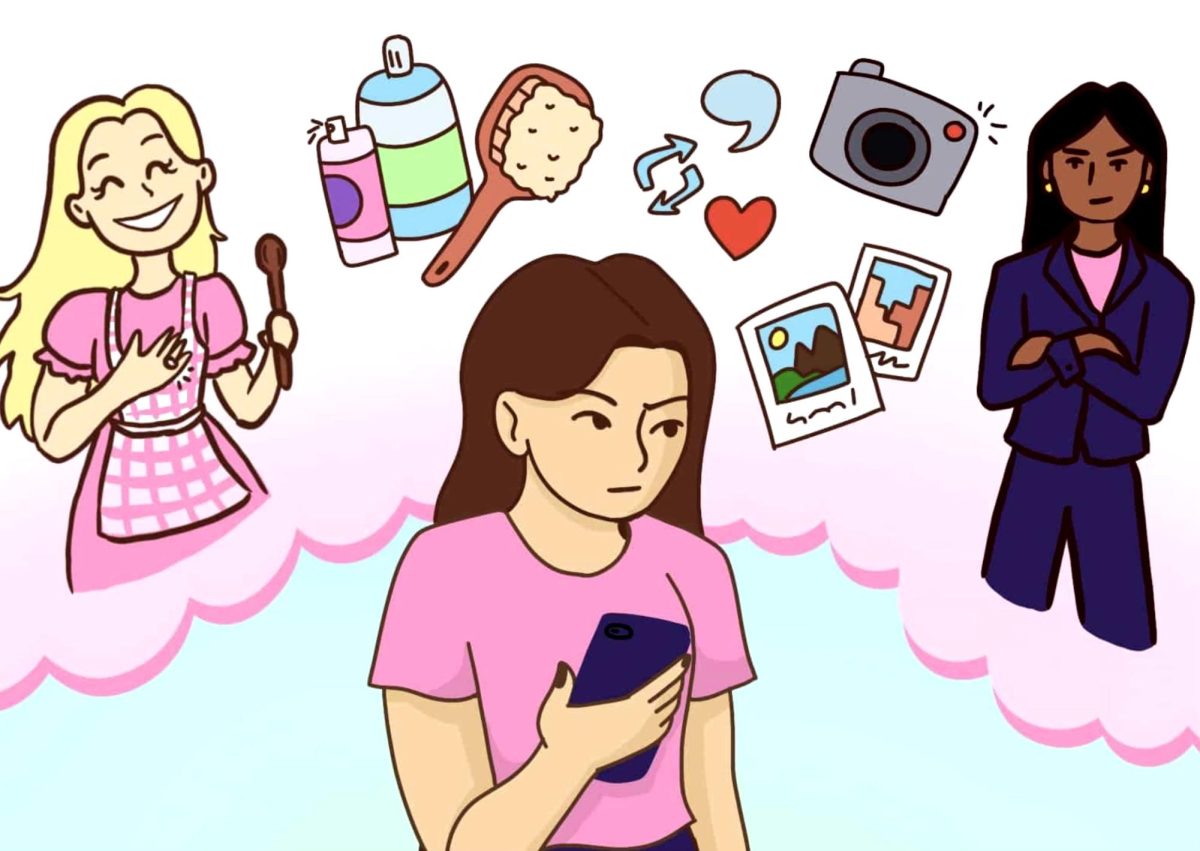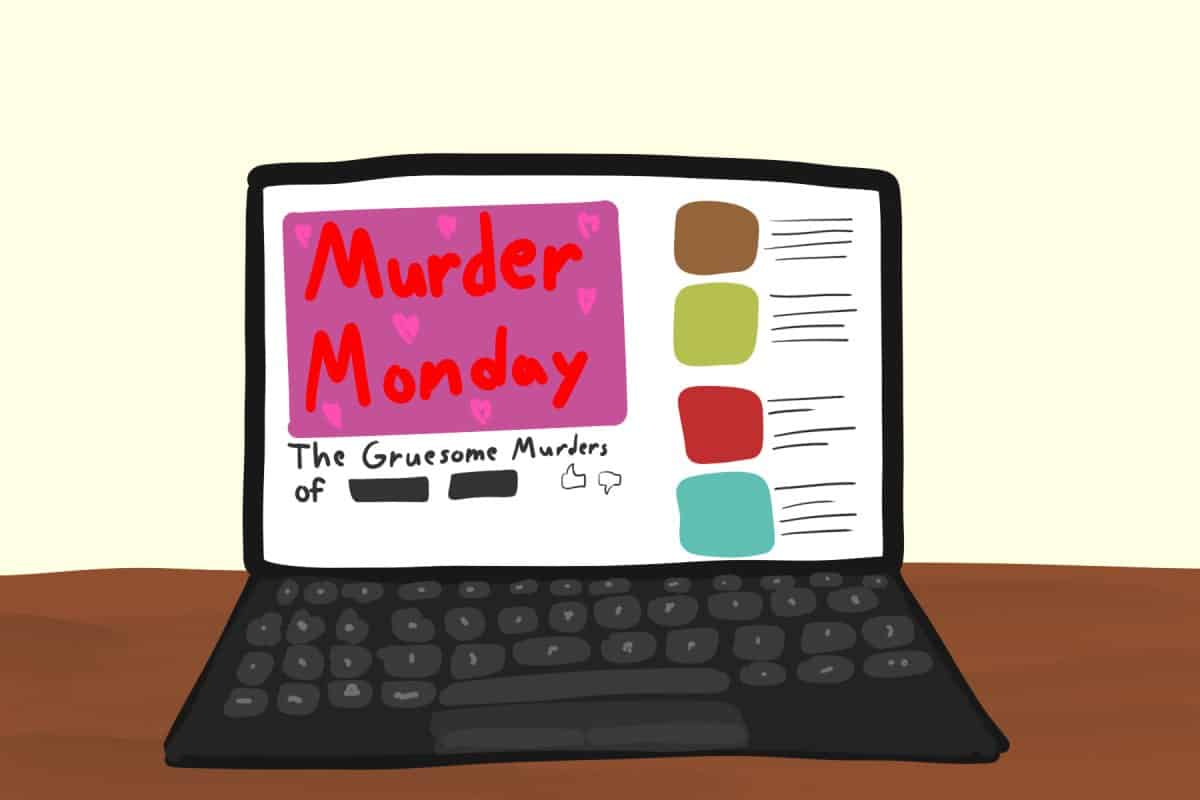The Collar family of Wetumpka, Ala., is mourning the loss of their son Gil this week after the freshman was gunned down by a campus police officer at the University of South Alabama on Oct. 6.
There is an ongoing investigation examining the decision by Trevis Austin, the campus police officer involved, to use lethal force in the situation. We should be careful in these early stages to remember that criminal suspects are innocent until proven guilty in this country. Since all the facts have not yet been released, it is only fair to wait for the due process of the law to bring charges and a conviction – if necessary – before we condemn.
Still, thanks to a video of the incident released to the media last week, there is a fair amount of information we are able to know about the shooting.
We know that Collar was tripping on LSD at the time. As a result, he clearly was in an altered state of mind as he approached the police station that evening; he was naked and began pounding on the window of the station. The fact that Collar wasn’t clothed seems important in evaluating Austin’s decision to use lethal force here. Even though Collar could not have possibly been armed, Austin still approached Collar with his gun drawn.
We know that Collar was 18 years old and only 5-foot-7 and 135 pounds. Austin, by comparison, is 27, trained to use “empty-handed submission techniques” (i.e. physical force) and stands over 6 feet tall. LSD or not, there are some questions as to why Austin chose to use any weapon at all – lethal or non-lethal – in this situation.
We know that Austin shot Collar only once: to the chest. Not the hand, arm, shoulder, foot, or leg – but the chest, where the heart and lungs are located. He shot to kill, and it proved to be a fatal wound.
Finally, we know that, by and large, the national news media doesn’t really care about this. Most air-time and print devoted to the incident has come from local stations and newspapers in Mobile, Montgomery or Birmingham.
This is clearly a massive departure from the national media firestorm precipitated by the shooting of teen Trayvon Martin by security guard George Zimmerman last February.
In that case, the media was appallingly quick to condemn Zimmerman, which was confusing since the facts were even more obscure than the Collar shooting. And although no video exists for that incident, convincing evidence shows that Martin, however harrassed by Zimmerman, was the physical antagonist.
In the Martin case, which is still in the midst of court proceedings, everyone from Jesse Jackson and Al Sharpton to President Obama was quick to enter the fray, seizing a delicate and tragic situation in order to score political points. They painted Martin’s shooting as a racial event, a hate crime, despite a complete lack of evidence for any racially biased motive. The outpouring of support for the Martin family paled in comparison to the racist vitriol spewed at Zimmerman: the New Black Panthers offered a $10,000 reward for the “capture” of Zimmerman.
Factually, the two cases are comparable – in either case, a low-level law enforcement officer used lethal force to diffuse an ambiguous (at best) situation. So, why was the public outcry so very different?
I would hate to think the media uproar was so extreme because Martin was black. Why should skin color influence our level of interest in the shooting of a teen? Why is society so quick to point the finger and play the “race card?”
Both Martin and Collar were, by all accounts, good and happy kids. Their lives met a tragic end because of the questionable actions taken by armed men with authority, indoctrinated in the police gun culture. Yes, Martin was black, and Collar was white, but they were both victims of regrettable violence and died unnecessary deaths. Those are the only facts that matter to me.
Henry Downes is a sophomore majoring in economics. His column runs weekly.








